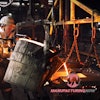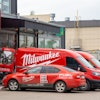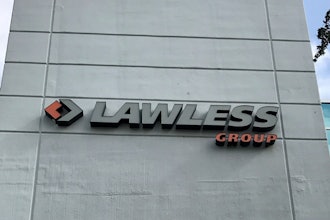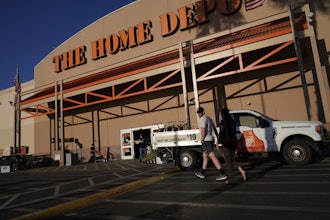
While the following blog was written primarily for a manufacturing audience, many of the points that Rockwell Automation's Georgene Berman makes are just as applicable to distribution. Read more to find out how to combat the skills gap and retain your most important asset - your employees.
What if you walked into your facility one morning and your most important asset had disappeared? What if there were some easy things you could have done the days, weeks, and months leading to this disappearance to prevent it from occurring? While the skilled workforce isn’t likely going to experience a sudden Armageddon, there are a number of factors pointing to a worsening skills crisis in coming years.
Consider the data:
- The gap already exists and it’s only going to grow. There are currently 10 million unfilled manufacturing jobs worldwide. Furthermore, many of today’s skilled and trained employees are nearing the age of retirement, and new talent isn’t entering the manufacturing workforce at the same rate - there are only three to seven new hires for every ten retirees.
- Technology is getting more complex and production targets are higher. According to 2011 Source Manufacturing Institute survey, 74 percent of manufacturers said a lack of skilled production workers was harming productivity or hindering their ability to expand operations. Yet, as the economy continues to bounce back from the recent recession, organizations are pouring more resources into advanced technologies and their production goals are increasing – creating a crossroads. With fewer employees, organizations are unable to keep up with evolving technology while trying to maintain production.
- New college grads are shouldering big responsibility. With a shrinking pool of talented employees to fill the mission-critical jobs, organizations are turning to recent college graduates to seal the gap. These college graduates are expected to fill positions of highly skilled and knowledgeable veterans – a heavy expectation. A 2013 study conducted by Aberdeen group found that approximately 70 percent of organizations expect new hires will require additional training/coaching to be effective in the workforce. But, despite that number, only 17 percent of those same organizations currently have training programs in place for new college hires.
- People are core to country competitiveness. According to the 2013 Global Manufacturing Competitiveness Index, a supply of talented workers is the top indicator of a country’s competitiveness. In order to remain competitive, it is essential for organizations to grow an effective talent base and invest in their most critical asset – people.
All these factors point to an impending skills gap. The good news is that there are steps you can take today to develop your workforce and overcome or avoid these challenges. As the production demands of businesses increase, organizations must find new ways to develop and retain skilled workers. Although a skills crisis is within view, deploying an effective, sustainable workforce management plan can help minimize its impact and prepare your organization for future success. A successful workforce development plan will consider these four elements:
1. Assess: Identify the current skills and abilities for your employees and outline areas that need to be filled. Create a specific plan to train your employees based on their different job tasks.
2. Train: Using the data from your assessment, leverage specific, flexible and customizable training approaches to fit into the learning needs of your employees and your organization’s production goals. Prepare a training outline for both new and current employees.
3. Apply: Learning never ends. After implementing your training strategy, deploy tools that can be used on an on-going basis to provide continuous learning and improvement throughout the course of their life with the company.
4. Measure: Using common metrics, leverage assessment data before and after training to ensure an effective organization training plan.
To learn more about workforce development, attend the Real World Workforce Development Thought Leadership Panel, November 13-14 at Automation Fair® in Houston, the premier automation industry event from Rockwell Automation and its PartnerNetwork™. For more details and to register, follow this link http://www.rockwellautomation.com/rockwellautomation/events/automation-fair/overview.page.






















